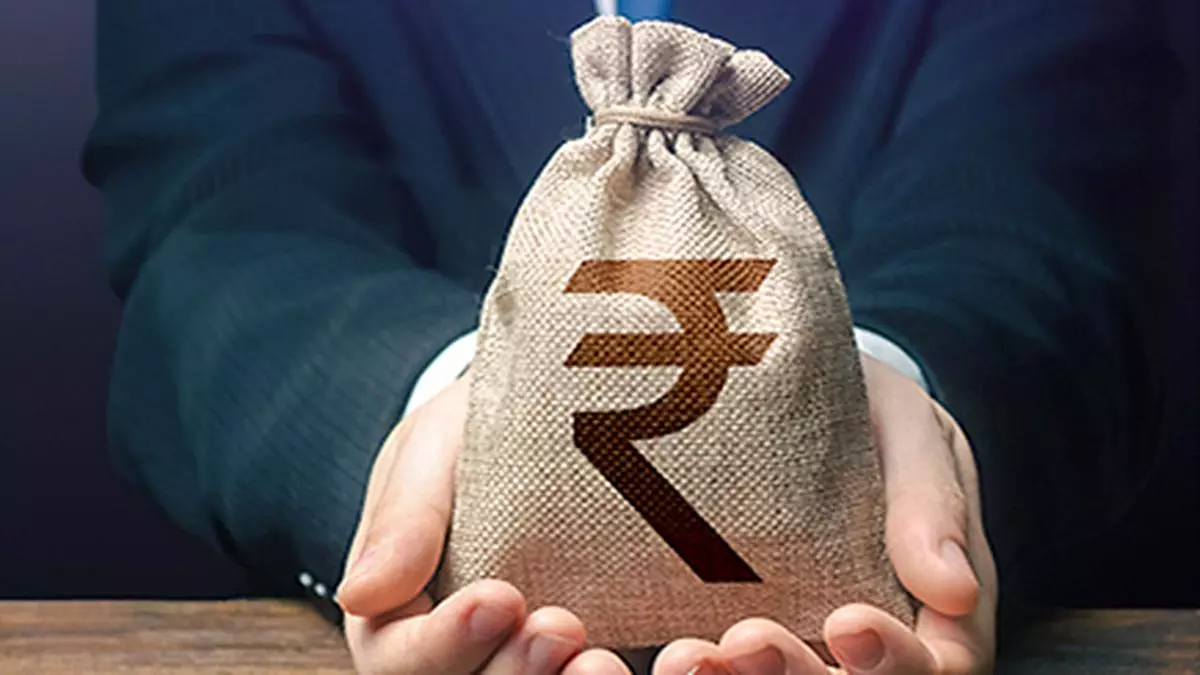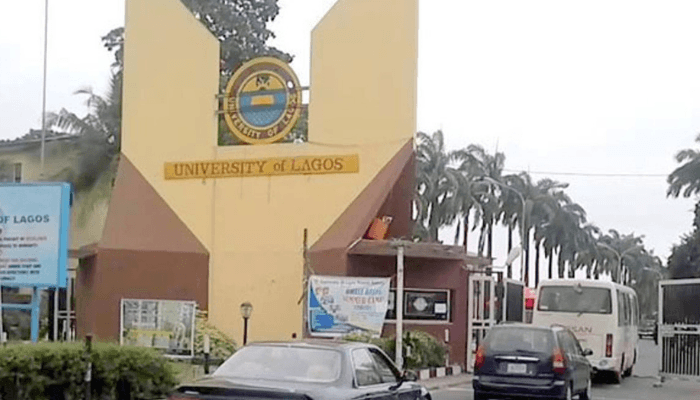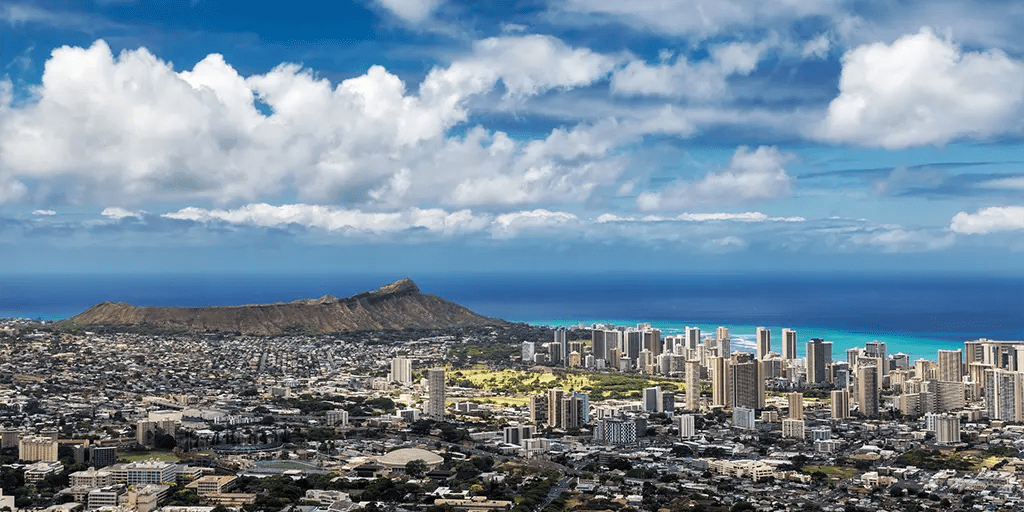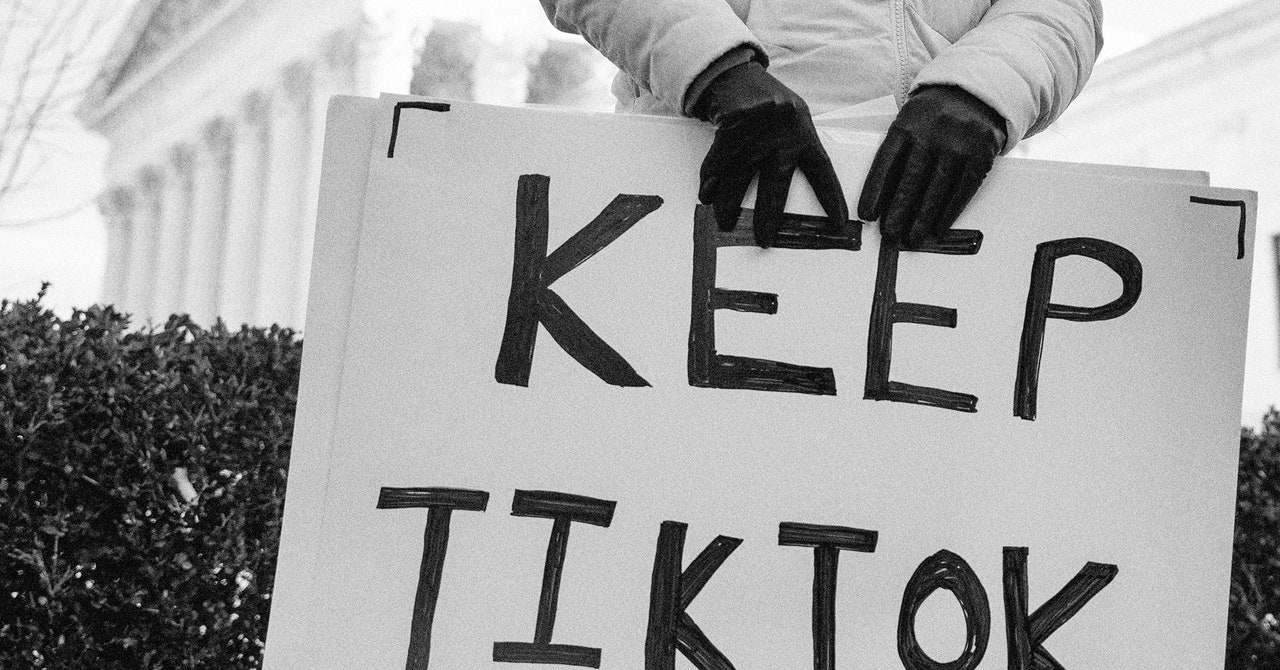The PM Surya Ghar Muft Bijli Yojana (PMSGMBY) launched on February 15 has got off to a good start, but some course correction may be needed to make it realise its potential. The four-year scheme, for which ₹75,021 crore has been promised, is intended to give a financial push for the setting up of 10 million small size rooftop solar plants, with financial support ranging from ₹30,000 to ₹48,000 for capacities up to 3 kW, by March 2027.
Since the scheme was launched, 638,352 installations have been done by households, including 3,500-odd residential welfare associations, adding close to 2 GW. Out of the ₹9,600 crore allocated for the scheme for 2024-25, ₹2,865 crore has been disbursed. As the scheme is further nourished by 10-year, 7 per cent bank loans, the government expects installations to grow to a million by March 2025 and double every six months thereafter. This sounds ambitious, but not impossible — as one data point seems to illustrate: In the last week of November alone 18,423 rooftop plants were installed. Considering that this has been achieved in fewer than ten months, and the fact that the run-rate is understandably slower in the initial months, it ought to be said that the PMSGMBY has begun satisfactorily. Yet, there are some niggles.
First, just two States, Gujarat with 287,814, and Maharashtra with 127,381, account for over 65 per cent of the installations. Consider the next two — Uttar Pradesh (53,801) and Kerala (52,993) — the number rises to over 80 per cent, indicating an unhealthy skewness. Also, some of the installations in Gujarat happened before the scheme was announced but were later subsumed into it. Second, the gaps between registration, application and actual installation numbers are also large, indicating the need for action. Against 14.5 million registrations, there have been only 2.65 million applications and 0.68 million installations — 75 per cent of applicants have yet to install. Third, there are no quality or safety standards in place specific to the scheme, a point repeatedly made by industry insiders. There are over 10,000 service providers without due oversight.
Finally, it is a moot point whether the scheme is reaching the intended beneficiaries. The scheme has its origins in competitive politics. That the ruling BJP intends to skim political benefits is clear from the fact that the name of the scheme was changed from PM Suryoday Yojana to PM Surya Ghar Muft Bijli Yojana. The idea was to provide solar power to the ultra-poor, though this section of society clearly cannot afford the unsubsidised portion of the cost. The government is also not revealing the average ticket size, which is believed to be upwards of 3 kW, indicating that those in desperate need of support are not the beneficiaries of the scheme. The scheme therefore needs to be tweaked to address this gap. A solution lies in the form of community solar, typically of 3-5 MW capacity, which provide free power to the poor.








Leave a Comment